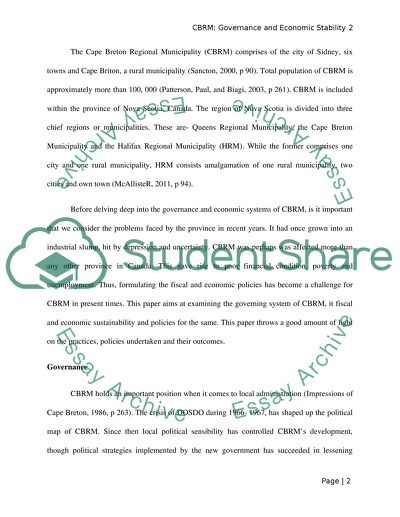Cite this document
(“The Problems Faced by the Cape Breton Regional Municipality Term Paper”, n.d.)
The Problems Faced by the Cape Breton Regional Municipality Term Paper. Retrieved from https://studentshare.org/macro-microeconomics/1621180-essay-writing
The Problems Faced by the Cape Breton Regional Municipality Term Paper. Retrieved from https://studentshare.org/macro-microeconomics/1621180-essay-writing
(The Problems Faced by the Cape Breton Regional Municipality Term Paper)
The Problems Faced by the Cape Breton Regional Municipality Term Paper. https://studentshare.org/macro-microeconomics/1621180-essay-writing.
The Problems Faced by the Cape Breton Regional Municipality Term Paper. https://studentshare.org/macro-microeconomics/1621180-essay-writing.
“The Problems Faced by the Cape Breton Regional Municipality Term Paper”, n.d. https://studentshare.org/macro-microeconomics/1621180-essay-writing.


